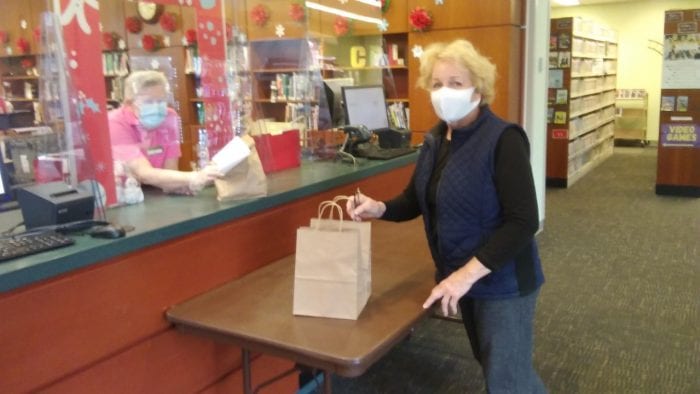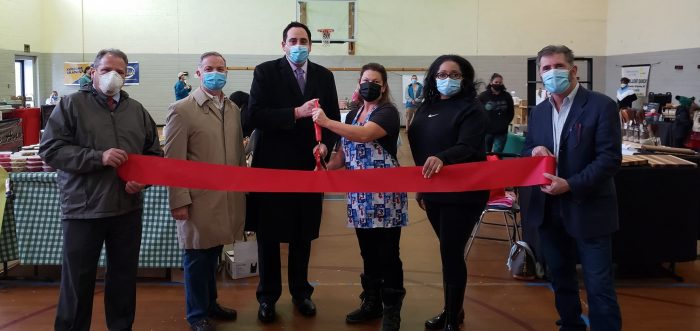Following the success of her recent single “Optimist,” which went to #50 on Mediabase’s Top 40 Radio chart and was featured by Just Jared Jr. and American Songwriter, 15-year-old singer/songwriter and Broadway alumna Ava Della Pietra has released a live performance of “Christmas Tonight,” her beautiful and uplifting song about the magic of the holiday season. “As we near the end of an extraordinary difficult year,” Ava explains, “I hope this song will remind us of some of the little joys that are still available to us – a fresh snow, shimmering lights – and the hope of friends and family coming together next year to celebrate once again.”
Named one of Tiger Beat Magazine’s “Best Holiday Songs” alongside Alessia Cara, Jonas Brothers, and Liam Payne, “Christmas Tonight” was written with the help of producing partner Will Hicks (Ed Sheeran, Jamie Lawson), who said “it has all the ingredients of a new Christmas classic.” The song was streamed more than 32k+ times in just a week after its release, leading Newsday to call Ava a “Rising Star.” One of fifty songs that Ava has written, and the first of ten already produced, to be released in the coming months, the live performance of “Christmas Tonight” is a fitting follow-up to “Optimist,” an inspiring new song about keeping a positive mindset that Just Jared Jr. called “perfect for the time we’re in right now.”
“I wrote ‘Optimist’ because there are a lot of problems that face society today,” Ava told American Songwriter. “No matter how hard it gets, we need to realize that we are one community, and together, we can have hope for a better future. With all the adversity, we must take action, rise above, and know that we will be alright. We all need a little optimism right now.”
“Optimist” will be featured on Ava’s debut EP, slated for release later this year. Featuring material she collaborated on with producers Will Hicks, Justin Gray (Avril Lavigne, Mariah Carey), Adrian Gurvitz (Andra Day, Jesse McCartney, Cheetah Girls), and Brian Malouf (Michael Jackson, Sabrina Carpenter), the EP will also feature songs like “Forgotten,” dedicated to the people of Puerto Rico suffering in the aftermath of Hurricane Maria, and “Home,” inspired by the devastating stories of families torn apart on the southern border.
A multi-instrumentalist who plays piano, bass, guitar, violin, and ukulele, Ava began performing at age four and writing songs at age five. She performed on the national tours of Les Misérables and White Christmas before joining the original cast of Broadway’s School of Rock, and has been featured on Good Morning America, Sesame Street, the Tony Awards, Last Week Tonight with John Oliver, and more. Ava has performed at the Sundance Film Festival, the Great South Bay Music Festival, the New York Tennis Open, and at Madison Square Garden in front of 20,000 Knicks fans, as well as at My Father’s Place in Roslyn, New York, and in front of a sold-out crowd at NYC’s Rockwood Music Hall. Most recently Ava was featured on the soundtrack for Secondhand Lions: A New Musical, and also launched “Talking Tunes with Ava Della Pietra,” a new music column with Teen Kid News, where she is reviewing popular hits.
A supporter of both local and national charitable organizations, Ava is dedicated to advocating for young people, inspiring others to believe in themselves and follow their dreams. For more information on Ava Della Pietra, please visit https://www.avadellapietra.com/















